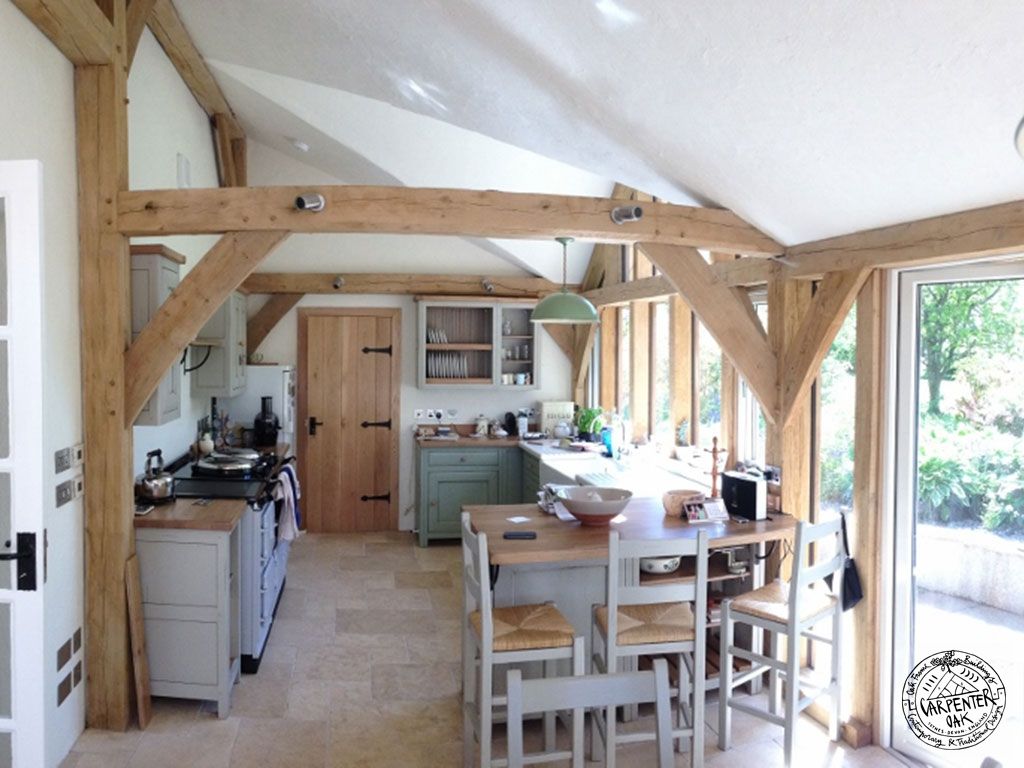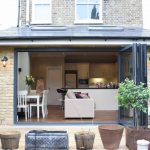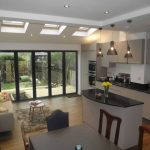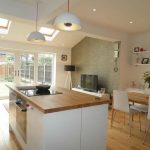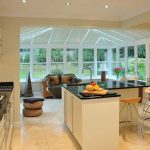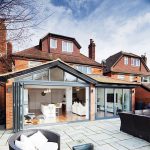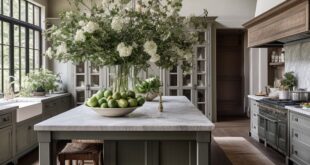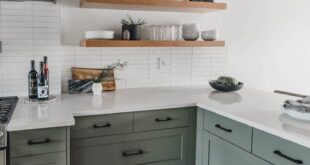Designing a functional kitchen extension can significantly improve the value and enjoyment of your home. Whether you want to create a larger cooking space, add more storage, or incorporate a dining area, there are several key elements to consider when planning and executing your renovation project. Here are some tips on how to design a functional kitchen extension that meets your needs and enhances the overall look and feel of your home.
1. Define Your Goals: Before starting any design work, it is important to clearly define your goals for the kitchen extension. Consider the main reasons for the renovation, such as creating more cooking space, adding a breakfast bar, or incorporating a dining area. By identifying your objectives early on, you can create a design that meets your specific needs and preferences.
2. Consider the Layout: When designing a kitchen extension, the layout is key to its functionality. Consider the flow of the space, ensuring that there is enough room for cooking, dining, and storage. If possible, include an island or peninsula to provide additional counter space and seating. Keep in mind the work triangle – the distance between the sink, stove, and refrigerator – to ensure an efficient layout.
3. Maximize Natural Light: Natural light can make a kitchen feel brighter and more inviting. When designing your kitchen extension, consider incorporating windows, skylights, or glass doors to maximize natural light. This not only enhances the overall look of the space but also reduces the need for artificial lighting during the day.
4. Incorporate Storage: Storage is essential in any kitchen, so be sure to incorporate ample cabinets, drawers, and pantry space in your design. Consider customizing your storage solutions to optimize space and organization. Pull-out shelves, drawer dividers, and overhead cabinets can help maximize storage while keeping the kitchen clutter-free.
5. Choose Quality Materials: When selecting materials for your kitchen extension, choose high-quality, durable options that will stand the test of time. Consider materials that are easy to clean and maintain, such as quartz or granite countertops, hardwood floors, and stainless steel appliances. Opt for finishes that complement your overall design scheme and add a touch of elegance to the space.
6. Consider Energy Efficiency: Energy-efficient appliances and lighting can help reduce your utility bills and minimize your environmental impact. When designing your kitchen extension, consider incorporating energy-efficient appliances, LED lighting, and insulation to improve the overall energy efficiency of the space.
7. Hire a Professional Designer: Designing a functional kitchen extension can be a complex process, so it is often beneficial to hire a professional designer or architect to help with the planning and execution of your project. A designer can provide valuable insights, creative ideas, and expertise to ensure that your kitchen extension meets your goals and functions seamlessly.
In conclusion, designing a functional kitchen extension requires careful planning, attention to detail, and consideration of your specific needs and preferences. By defining your goals, considering the layout, maximizing natural light, incorporating storage, choosing quality materials, considering energy efficiency, and hiring a professional designer, you can create a kitchen extension that enhances the value and enjoyment of your home for years to come.
 goodworksfurniture Decoration and home design ideas
goodworksfurniture Decoration and home design ideas
